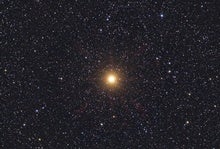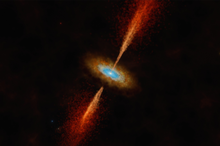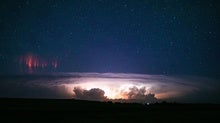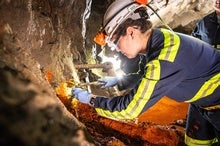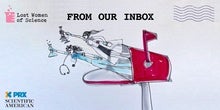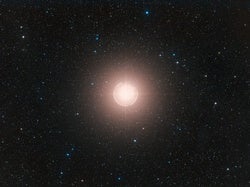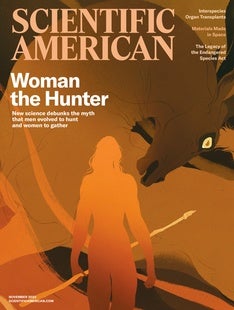 |
| December 14, 2023 |
This week, we're mapping out the future of physics. At least, the future of particle physics in the United States. Our top story details the latest report from the U.S. Particle Physics Project Prioritization Panel (P5), an expert committee that convenes about once per decade to recommend where and how federal policymakers fund major fundamental physics experiments. If you wish to know what the biggest physics projects of the 2030s and beyond will be, this P5 report is the closest thing to a crystal ball you should consult. But assuming the report will be "TL;DR" for most of us, our story handily summarizes the core takeaways: The future is looking bright indeed for U.S.-driven studies of neutrinos, the cosmic microwave background, and muons. Elsewhere this week, we have stories on the brief, once-in-a-lifetime disappearance of Betelgeuse, the first-ever star-forming disk seen beyond the Milky Way, the curious min-max genomes of subterranean microbes that might mimic Martian life, and more. Enjoy! |
| |
 |
| Particle Physics Road Map for U.S. Particle Physics Wins Broad Approval A major report plotting the future of U.S. particle physics calls for cuts to the beleaguered DUNE project, advocates a "muon shot" for a next-generation collider and recommends a new survey of the universe's oldest observable light By Daniel Garisto | |
| |
| |
| |
| |
| Planetary Science The Mars Sample Return Mission Is at a Dangerous Crossroads Mars Sample Return has always been an expensive, high-risk, high-reward project. But now, with realization of the mission's actual cost and expanding timeline, Congress must commit to fully supporting the effort or risk tanking the rest of NASA's planetary science program | | | | |
| Defense This Filipina Physicist Helped Develop a Top Secret Weapon Emma Unson Rotor worked on the proximity fuze, a groundbreaking piece of World War II weapons technology that the U.S. War Department called "second only to the atomic bomb." | | By Erica Huang,The Lost Women of Science Initiative | | | |
| |
| |
| |
FROM THE ARCHIVE
 | | | |
LATEST ISSUES
 |
| |
| Questions? Comments?  | |
| Download the Scientific American App |
| |
| |




